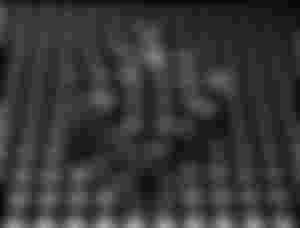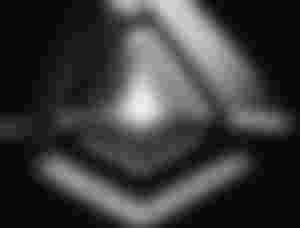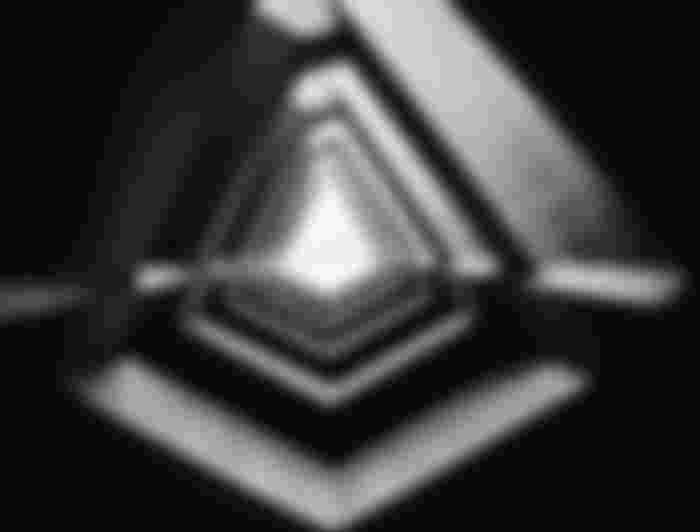Optical illusions are a type of visual illusion that can be created by the way in which you see objects. The brain is not able to process all the information correctly and this leads to optical illusions. Optical Illusions are also called Visual Illusions because they have nothing to do with sense of hearing or smell. They can occur due to various reasons such as physiological, psychological, cognitive or environmental factors. There are many types of optical illusions but there are two main categories: Ambiguous and Impossible Figures.

Ambiguous figures include drawings where it is difficult for your brain to make up its mind about what shape you should see them as (e.g., an object that looks like a rabbit from one angle but then turns out to be a duck when you look at it from a different angle). Impossible figures are drawings that cannot exist in reality, but you still need to try hard not to see them as three-dimensional (e.g., the Penrose Stairs).
Examples of ambiguous and impossible figures:

Types of Optical Illusions :
The visual illusions can be broadly classified into two types namely physiological and psychological ones.
Physiological illusions occur when there is an error in the way we process visual information. This is mainly due to eye conditions like astigmatisms or color blindness as well as physical exhaustion of your eyes. These errors will result in certain features being exaggerated which leads to confusion and misinterpretation of shapes by our brain thereby creating optical illusion. Psychological illusions on the other hand occur because of the assumption made by our brain that is not based on an actual image. Our brain tries to make sense of the world and so it tends to fill in gaps, like for example thinking that a straight line must continue whether it is actually there or not. As a result, when we see things which are incomplete or contain gaps, this can lead to faulty interpretation and hence optical illusions.

Psychological factors also include cognitive processes such as Gestalt principles which are rules that describe how visual elements interact with each other (i.e., grouping). Similarly environmental factors such as lighting, context and effect of different stimuli in surroundings also have effects on the way we interpret images around us thereby resulting in optical illusions.
Understanding Optical Illusions:
Optical illusions result mainly due to the way our brain interprets sensory information and how it processes shapes. When we look at an object, our brain does not take in the exact image but rather tries to process that information in a way that makes sense of the world around us. As a result it tends to fill in gaps when there is incomplete information and this leads to faulty interpretation resulting in optical illusions. The reason why different people see different things from the same figure or image could be explained by the fact that everyone has a unique visual system. Even with people belonging to similar cultures, even if their language, education level are identical their experience of life will be very different from one another thereby leading to diversity in what they perceive around them.

Psychology of Optical Illusions :
The way we see things has a lot to do with the way our brain works. For example the degree of perfectionism you have, how much control you believe you have etc. are closely related to this phenomenon. There have been various theories put forward to explain this phenomena but none of them is perfect and can completely encompass all aspects. The Gestalt Theory proposed by German Psychologists in early twentieth century states that optical illusions occur because the human brain has an innate tendency to try and make sense of incomplete information, and thus when it does not receive enough information, it tends to fill up gaps with additional information which may be incorrect or faulty thereby creating optical illusions. Some other scholars such as Helmholtz believed that there is no point in trying to understand illusions and one should just accept them. This view was shared by many artists who tried to incorporate optical illusions in their works, for example the surrealist painters liked to create figures with ambiguous structures which would cause people to see something different every time they looked at it. It has also been observed that children often do not recognize some of the popular optical illusion examples such as the "Stroop Effect" (as shown below) until they are about 7 years old because their brains need more time to develop, and this leads us to believe that it could be based on learning rather than innate factors like vision or cognitive abilities.

Psychologists have over the years explained all kinds of things using optical illusions. Some have claimed that illusions reveal to us the way light really works while others believe they are closely related to language and meaning of words and therefore can be used in a linguistic context. However, there is still no universally accepted explanation for why we see optical illusions and each theory has its own limitations and flaws. Lastly, it is important to note that there seems to be drastic individual differences which may be due to the fact that our brains all work differently given similar inputs.




